Historical photos capture the strength of Asian American activism and its impact throughout US history
The term "Asian American" was first coined in 1968 amid the rising voices of the Third World Liberation Front student movements in California.
With tensions from protests against the Vietnam War and calls for universities to invest in ethnic studies programs, the Asian American identity was born out of advocacy for multiethnic unity among the Asian diaspora. The new identity also became a form of resistance against the otherness of being labeled as "Orientals" and fighting back against US imperialism in Asia.
Historical photographs showcase the history of Asian American resistance movements from the 1960s to the 1980s, demonstrating the strength and resilience of the Asian American community among tenants, students, and laborers.
The impassioned fight for justice depicted in the photos contrasts the societal stereotype of the obedient and subservient Asian. They also remind us of the civil rights and labor rights won by Asian Americans with the sheer power of the collective.
Delano Grape Strike (1965)
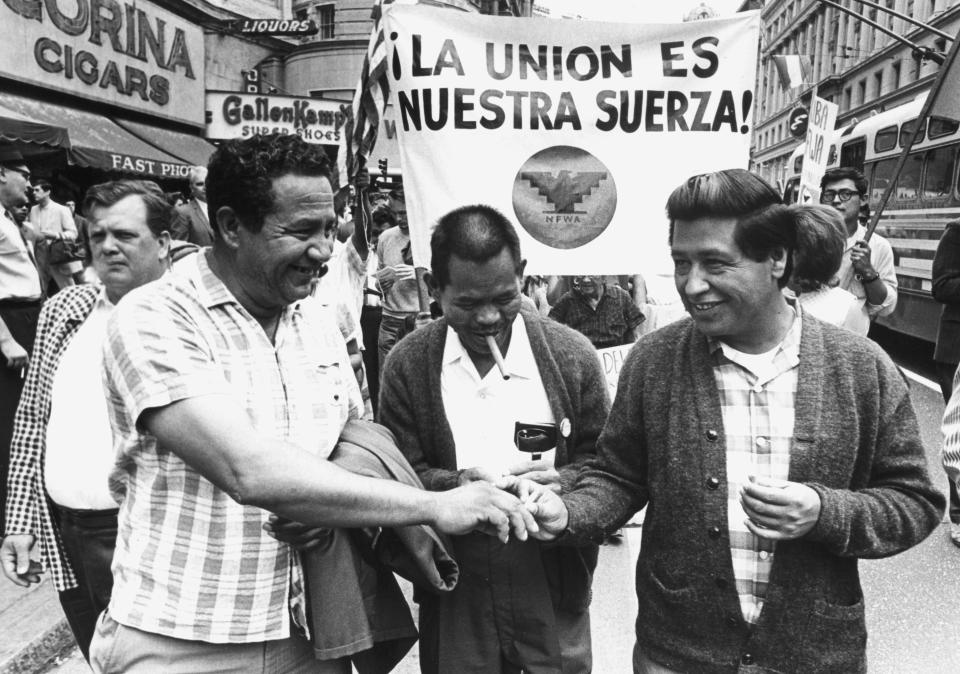
One of the most important labor movements in US history was the Delano Grape Strike, a collaborative effort between Filipino American and Mexican American farm workers in California.
On September 8, 1965, Filipino-American farm workers, members of the Agricultural Labor Organizing Committee, walked out and declared a strike against Delano-area table and wine grape growers in Bakersfield, California.
They demanded a raise in their hourly wage from $1.25 to $1.40 and in the pay rate per packed box of grapes from 10 cents a box to 25 cents.

Labor organizers of the Agricultural Labor Organizing Committee enlisted the help of the National Farm Workers Association, and in 1966, the two unions merged to form the United Farm Workers.
For the next five years, Filipino and Mexican American workers continued to strike for economic justice for all farm workers.
In his statement before the US Senate Subcommittee on Migratory Labor in 1966, Cesar Chavez, a labor organizer with the National Farm Workers Association, said the "whole system of occupational discrimination must be killed just like the discrimination against people of color is being challenged in Washington."
"This, and nothing more, is what farmworkers want," Chavez added.
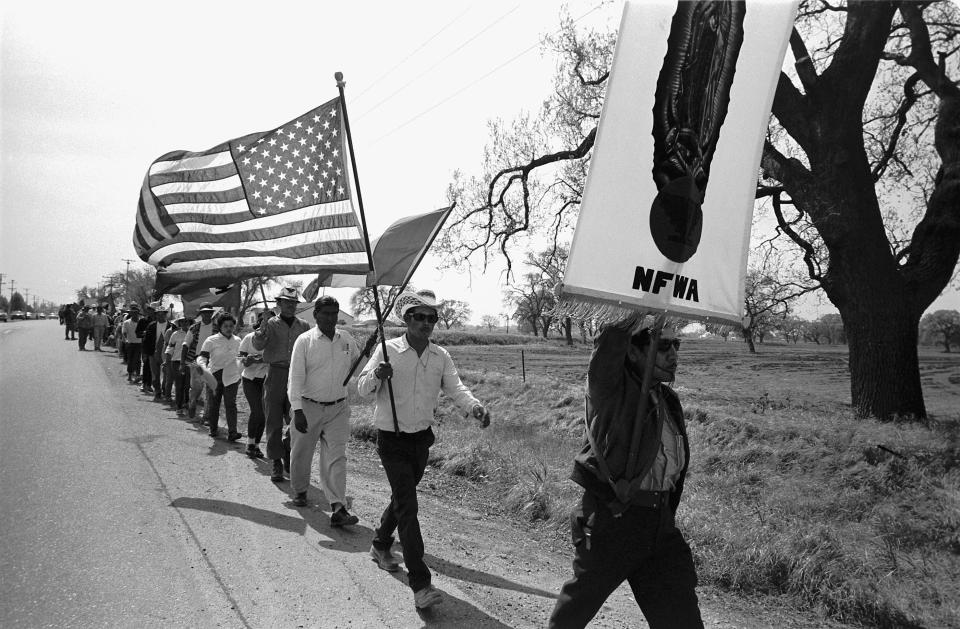
Third World Liberation Front Strikes (1968)
The Third World Liberation Front strikes ignited the first Asian American activist movement.
Held at the University of California, Berkeley, in 1968, the five-month strike was led by a coalition of student groups demanding ethnic-focused courses be added to the university's curriculum.
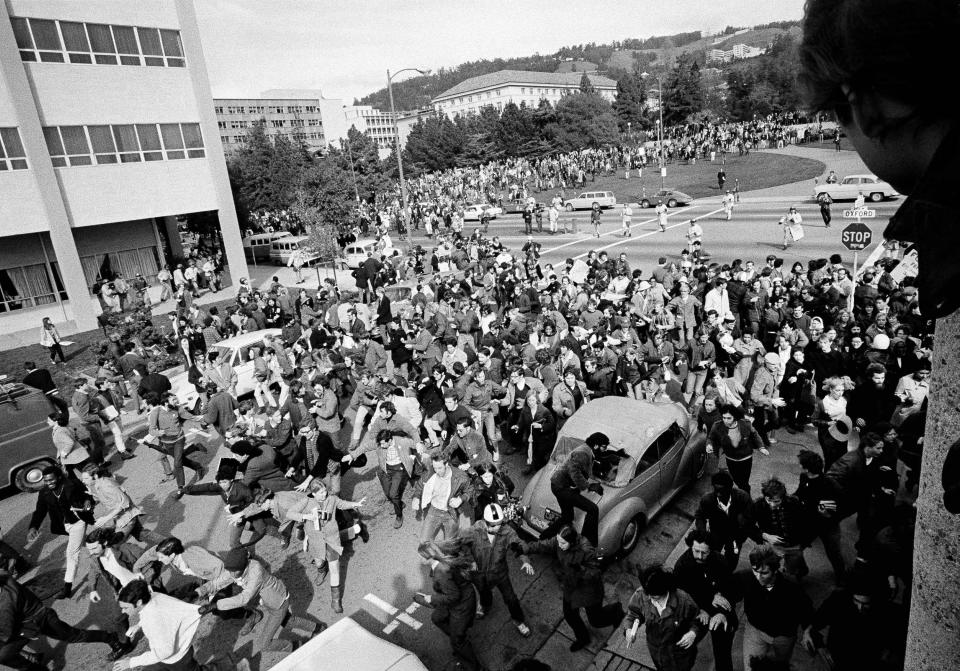
Though initiated by the Black Student Union, the coalition was made up of African-American, Asian-American, Latin-American, and Native-American students. These students were unified not only through their shared colonial and imperial struggles across Asia, Africa, and Latin America but also their experiences as people of color in a predominantly white, Eurocentric institution.

During the strikes, the students conducted large rallies, teach-ins, sit-ins, and picketing on the campus. In response, the university called the police, and riot squads began mass arrests of students.
The same year, Yuji Ichioka and Emma Gee, both graduate students and key organizers of the Asian American Political Alliance, coined the term "Asian American." This term was created to "unify Asian ethnicities together based on their shared experiences under Orientalist US racism."
In 1969, the first Asian American studies curricula were established at the UC Berkeley, San Francisco State University, and the University of California, Los Angeles.
Protests Against the I-Hotel Evictions (1977)
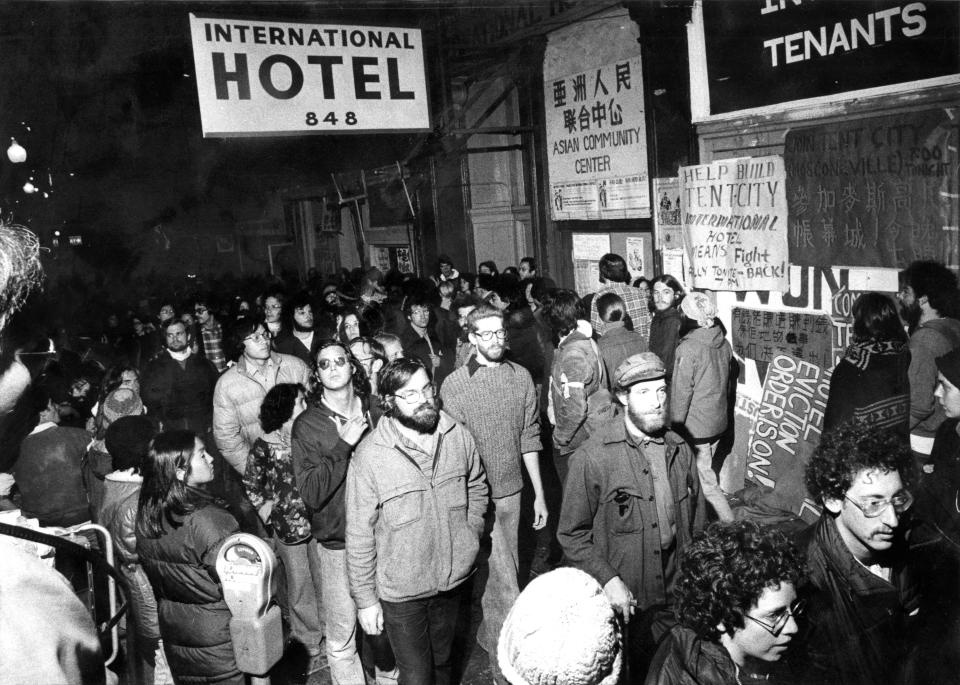
International Hotel, or I-Hotel, in San Francisco's Kearny Street was a residential hotel for older Filipino and Chinese people, immigrant workers, and families who had been there since they immigrated in the 1920s.
With real estate development rapidly growing in the late 1970s, what was once a 10-block stretch of Manilatown was reduced to a single block anchored by I-Hotel.
At 3 a.m. on August 4, 1977, the San Francisco police went in and staged a mass eviction of the I-Hotel residents. At least 3,000 residents confronted 400 riot-geared police outside the building. Over 100 tenants and supporters barricaded themselves inside the building. Police broke into the windows of apartments and removed the remaining older tenants.
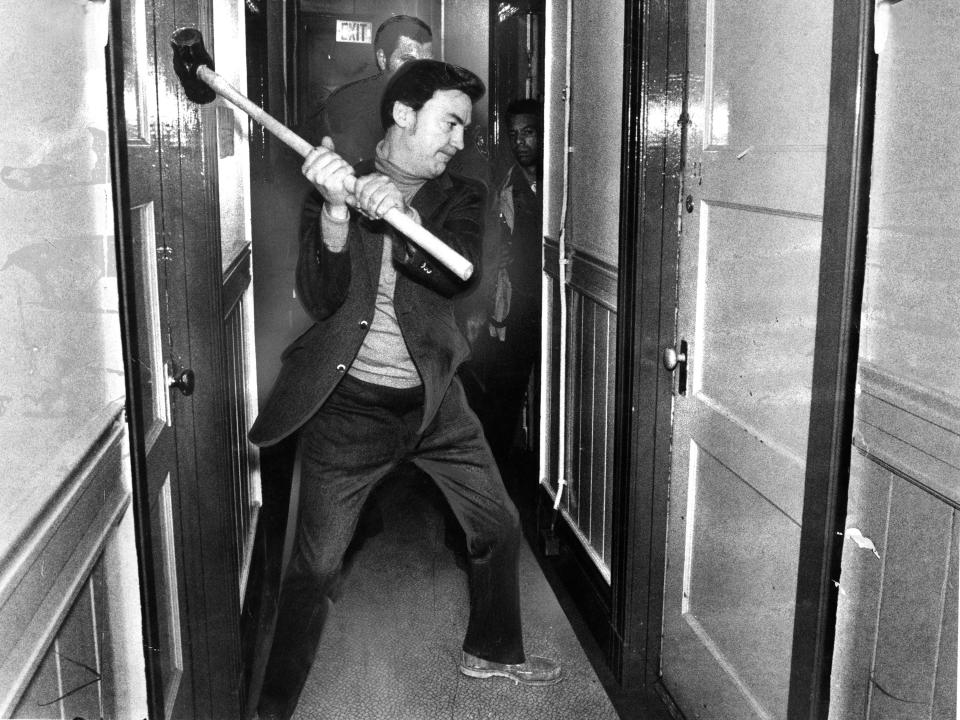
With the last vestige of Manilatown destroyed after the building was demolished in 1979, community members and supporters of the former I-Hotel residents continued to resist local real estate developers. Organizations such as the Chinatown Community Development Center and the Manilatown Heritage Foundation formed as a result of the community's efforts to fulfill social needs and fight for grassroots housing for their fellow residents.
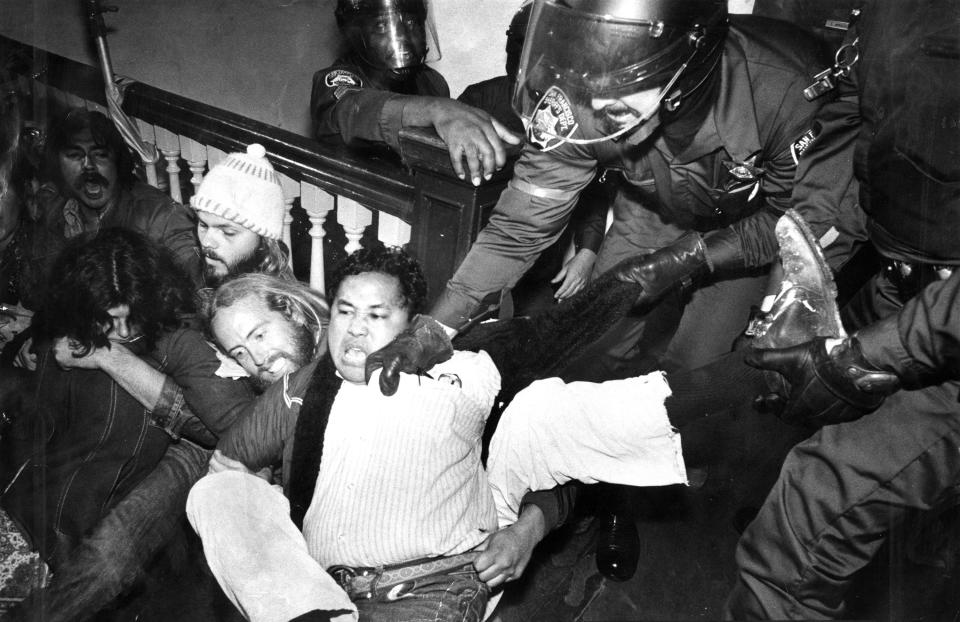
Garment Worker Strikes (1982)
One of the largest protests in New York City's Chinatown history took place in 1982 when 20,000 garment workers went on strike.
Whispers of striking spread among the workers, predominantly young Chinese immigrant women. They no longer tolerated the low wages, little to no benefits, dangerous working conditions, and long hours.
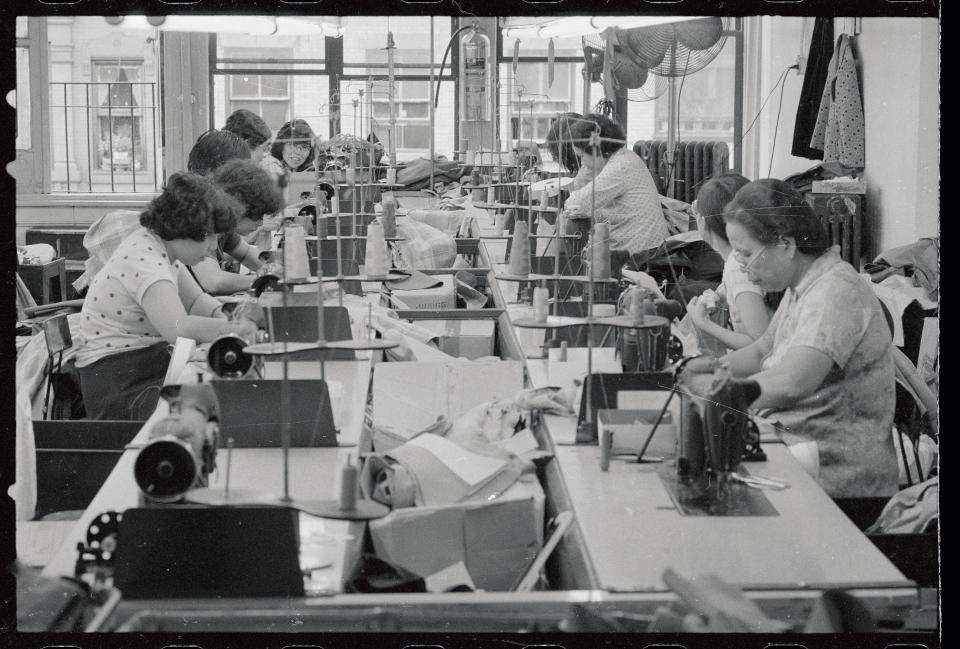
In late June, they crowded Columbus Park and made their demands, and their employers signed the new International Ladies Garment Workers Union contract. With the help of city councilmen, local businesses, and community advocates, the garment shop employers began to sign the contract. They managed to get the signatures of every manufacturer by mid-afternoon.
Despite the swiftness and scale of the strike, May Chen, one of the ILGWU strike organizers, said she believes the strike's success remained "invisible up to the millennium" given the limited media coverage on Asian American communities and issues at the time.

Conviction of Chol Soo Lee (1982)
Chol Soo Lee, a 21-year-old Korean immigrant, was wrongfully convicted of first-degree murder in 1974 after a local gang member, Yip Yee Tak, was shot to death in Chinatown.
After being misidentified by eyewitnesses, Lee was sentenced to life in prison.
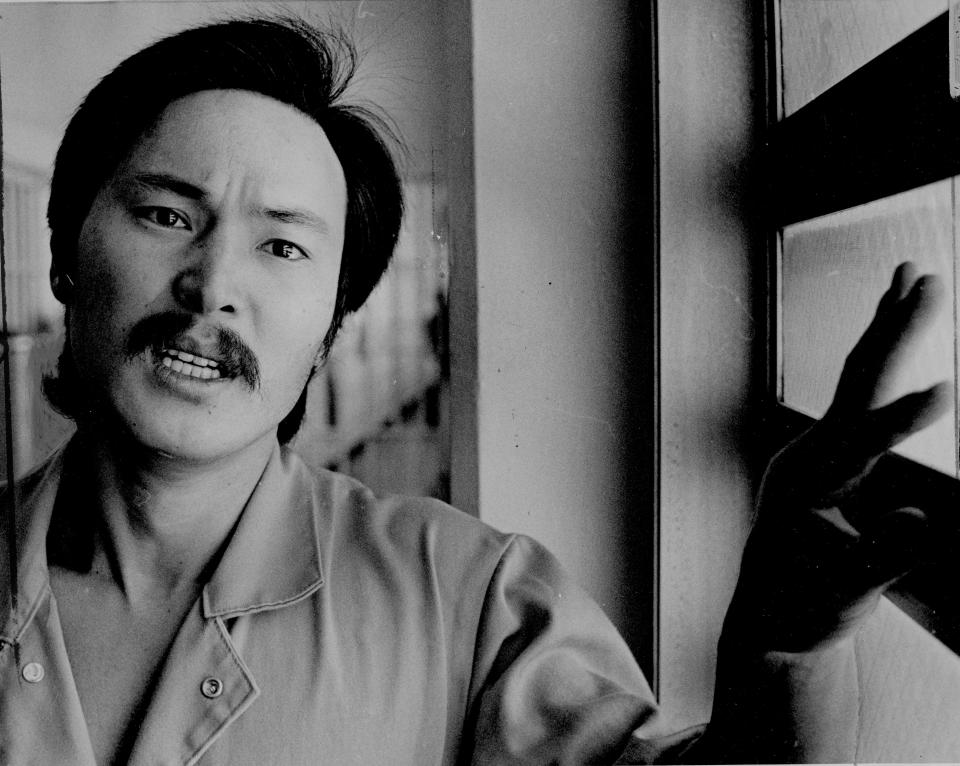
K.W. Lee, founder of the Korean American Journalists Association, brought Lee's case to public attention. After investigating the case, he was convinced of Lee's innocence and began a series of writings advocating for his freedom.
This caught on with Asian Americans nationwide, and the "Free Chol Soo Lee Defense Committee" was created. The committee raised more than $120,000 to support Chol Soo's appeal of his initial murder conviction. The collective effort of Lee's supporters won him a retrial, which successfully led to the overturning of his murder conviction.
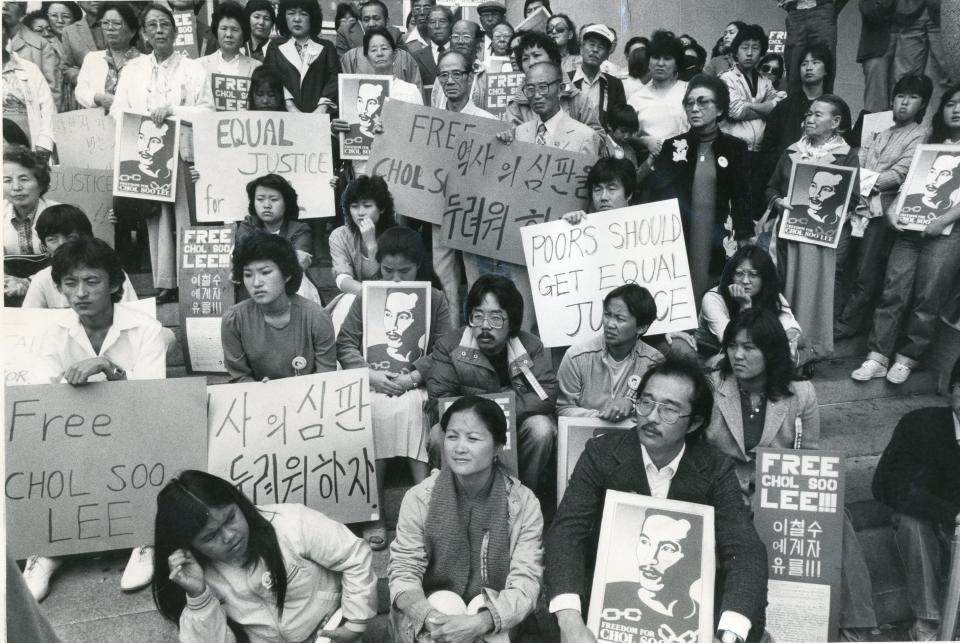
After spending a decade in prison, Lee spent the next 30 years working as a union organizer and advocate for the Asian American community.
"When you go through that kind of experience, and you see inhumane acts of violence … going through that brings out deeper humanity and compassion for other people," Lee said in a 2008 interview with Asian Week.
Murder of Vincent Chin (1982)

On the night of his bachelor party on November 2, 1983, Vincent Chin, then 27, was brutally beaten to death by two white men in Detroit.
Chin, who was Chinese-American, was targeted by the men who blamed Asians for job losses in the American auto industry amid the success of Japanese automakers.
Ronald Ebens and Michael Nitz denied the attack was racially motivated and were charged with manslaughter after pleading to a second-degree murder charge. They left with three years of probation and a $3,000 fine and did not spend a single day in jail.
The judge presiding over the trial said Ebens and Nitz "aren't the kind of men you send to jail … You fit the punishment to the criminal, not the crime."
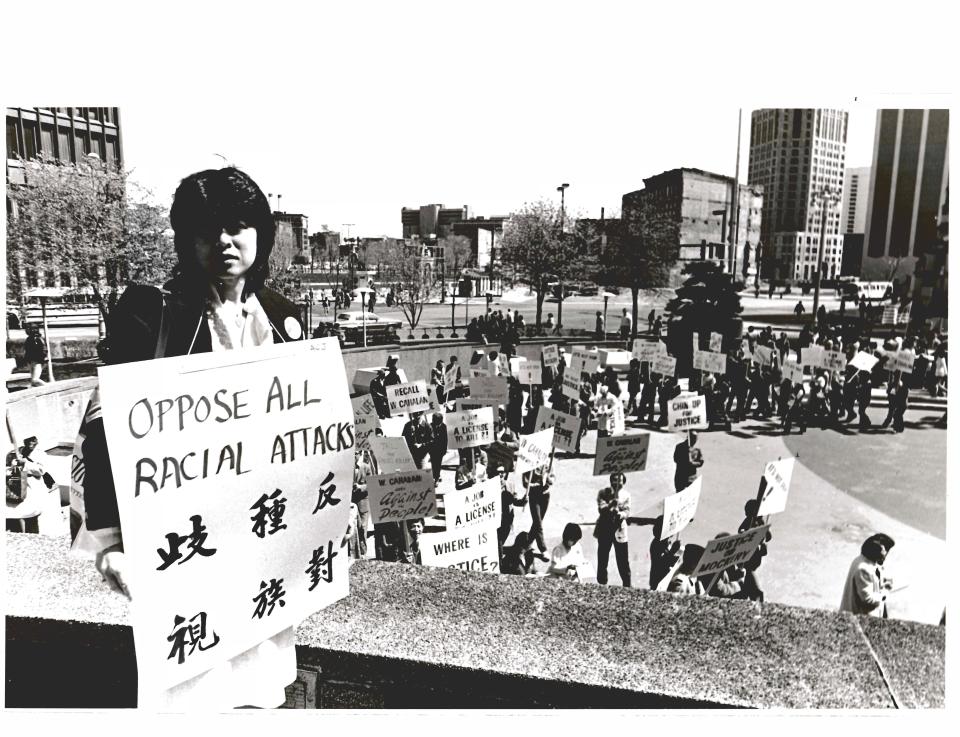
As a result of this sentencing, Asian Americans in Detroit protested the sentence and denounced the city's legal system. A second investigation was initiated by the Department of Justice and the FBI after mass mobilization.
In 1983, a federal grand jury ruled that the attack against Chin was racially motivated and found Ebens guilty, sentencing him to 25 years in prison.
Chin's murder contributed to the landmark passing of the Hate Crimes Prevention Act, which expanded federal civil rights protections to safeguard American minorities against hate crimes.
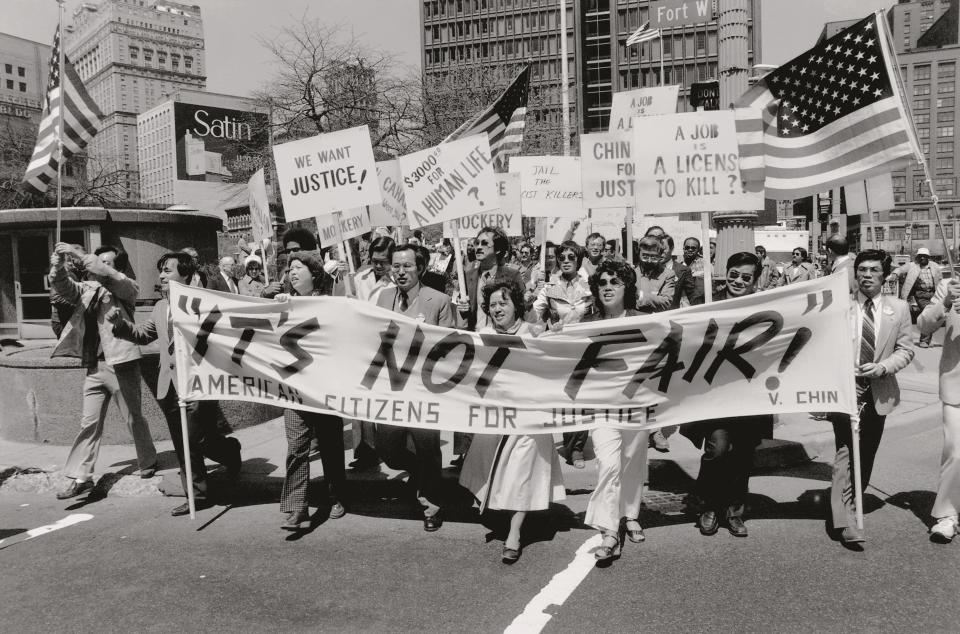
Read the original article on Business Insider


